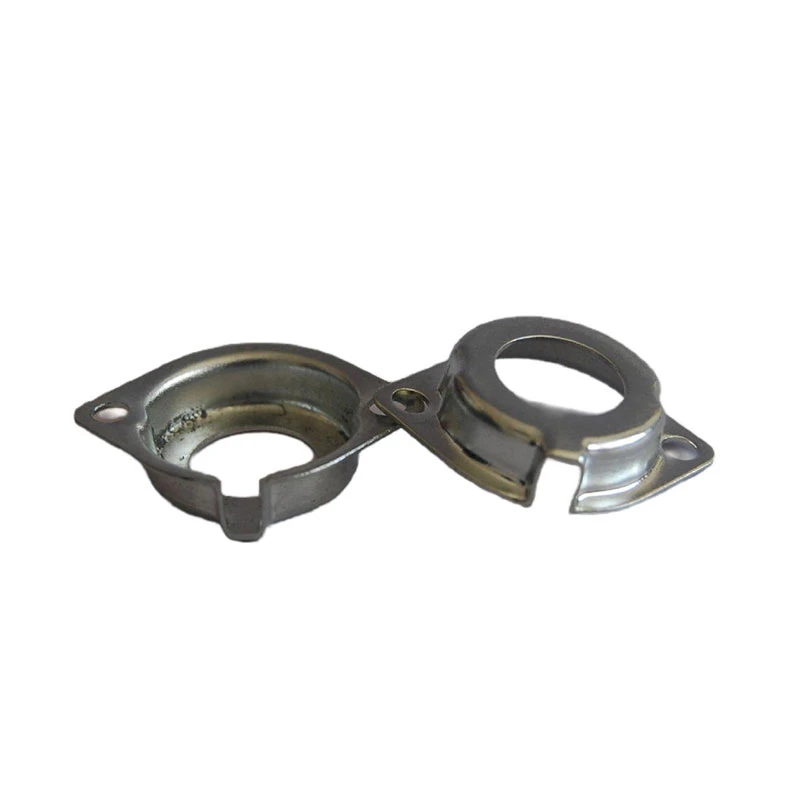chemical machining pdf
Chemical Machining An Overview
Chemical machining is an advanced manufacturing process that utilizes chemical reactions to remove material from a workpiece. This non-traditional machining technique is particularly advantageous for producing complex shapes, intricate designs, or components that are fragile and cannot withstand conventional machining methods. It is widely used in various industries, including aerospace, electronics, and automotive.
Principles of Chemical Machining
The fundamental principle behind chemical machining involves the selective removal of material through chemical reactions. The process begins with the application of a protective mask or resist on the areas of the workpiece that need to be preserved. The exposed areas are then treated with a chemical etchant, which reacts with the substrate material—typically metals or alloys. The rate of material removal can be controlled by adjusting the concentration of the etchant, the temperature of the process, and the duration of exposure.
Chemical machining can be classified into several categories, including chemical milling, chemical etching, and photo-chemical machining. Chemical milling is often used to reduce the weight of components by removing excess material, while chemical etching is typically employed for creating fine details and patterns on surfaces. Photo-chemical machining leverages light-sensitive processes to produce intricate designs that require high precision.
Materials Used in Chemical Machining
The materials suitable for chemical machining include a wide range of metals, such as aluminum, copper, stainless steel, and titanium. The choice of material is often influenced by the specific application and the properties required. For instance, aluminum is favored for its lightweight and corrosion-resistant characteristics, making it ideal for aerospace components. On the other hand, titanium is often used in the medical field due to its biocompatibility and mechanical strength.
Advantages of Chemical Machining
One of the primary advantages of chemical machining is its ability to create complex geometries without the mechanical stresses often associated with traditional machining. This is particularly beneficial for delicate materials that might deform or become damaged during conventional machining processes. Additionally, chemical machining can achieve very high tolerances and surface finishes, making it an ideal choice for precision components.
chemical machining pdf

Furthermore, the flexibility of the chemical machining process enables manufacturers to easily produce prototypes or low-volume production runs without the need for expensive tooling. This makes it suitable for research and development purposes, as well as for industries that require rapid iterations of designs.
Factors Influencing the Chemical Machining Process
Several factors can influence the results of chemical machining. The quality of the resist material used is critical to ensure that the protective areas do not become compromised during the etching process. Additionally, the selection of the etchant is vital as it must effectively react with the substrate material without causing unwanted side reactions or damaging the workpiece.
Temperature and agitation can also significantly impact the efficiency and effectiveness of the process. Higher temperatures often accelerate chemical reactions, hence increasing the rate of material removal. However, care must be taken to avoid damaging the protective resist or affecting the dimensional accuracy of the part.
Environmental Considerations and Safety
While chemical machining offers numerous benefits, it is essential to consider the environmental and safety implications of the chemicals used in the process. Many etchants are hazardous and require careful handling, storage, and disposal. Manufacturers need to implement strict safety protocols to protect workers and prevent environmental contamination. The use of less harmful and eco-friendly chemicals is an area of ongoing research aimed at making chemical machining more sustainable.
Conclusion
Chemical machining stands as a vital manufacturing process in modern industrial applications, providing unparalleled precision and versatility. Its ability to handle intricate designs without mechanical stress makes it indispensable in fields requiring high accuracy and delicate handling. As technology progresses, further advancements in chemical machining processes and materials are expected, paving the way for enhanced capabilities and greater sustainability in manufacturing practices.
-
Precision Sheet Metal Stamping Manufacturer | Fast & ReliableNewsAug.01,2025
-
OEM Sand Cast Pump Valve Fittings - Baoding Hairun Machinery And Equipment Trading Co., Ltd.NewsAug.01,2025
-
Custom OEM Impellers | High Efficiency & PrecisionNewsAug.01,2025
-
OEM Sand Cast Pump Valve Fittings - Baoding Hairun Machinery | Customization, Quality AssuranceNewsAug.01,2025
-
OEM Sand Cast Pump Valve Fittings - Baoding Hairun Machinery And Equipment Trading Co., Ltd.NewsAug.01,2025
-
OEM Sand Cast Pump Valve Fittings - Baoding Hairun Machinery And Equipment Trading Co., Ltd.NewsJul.31,2025















